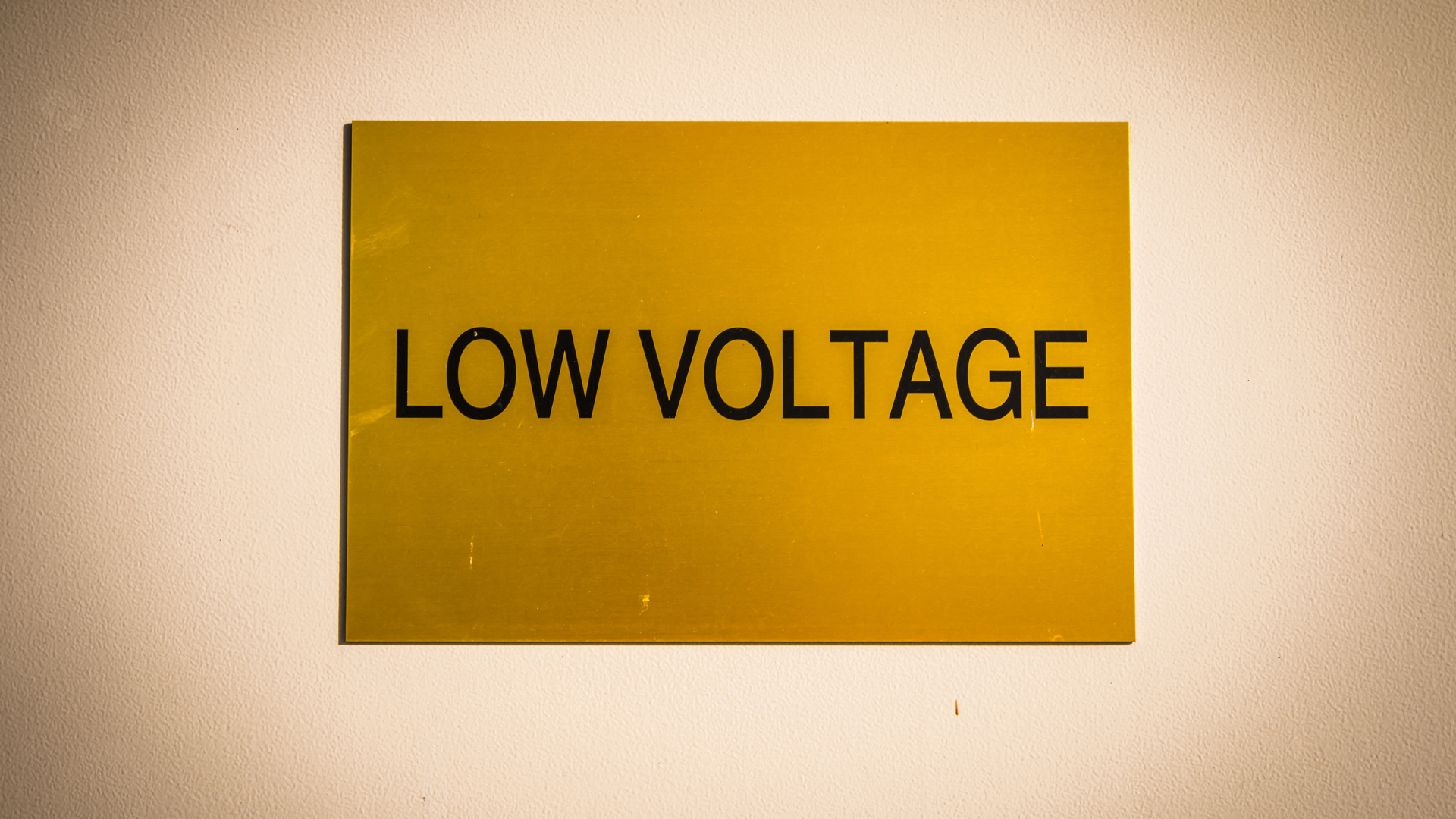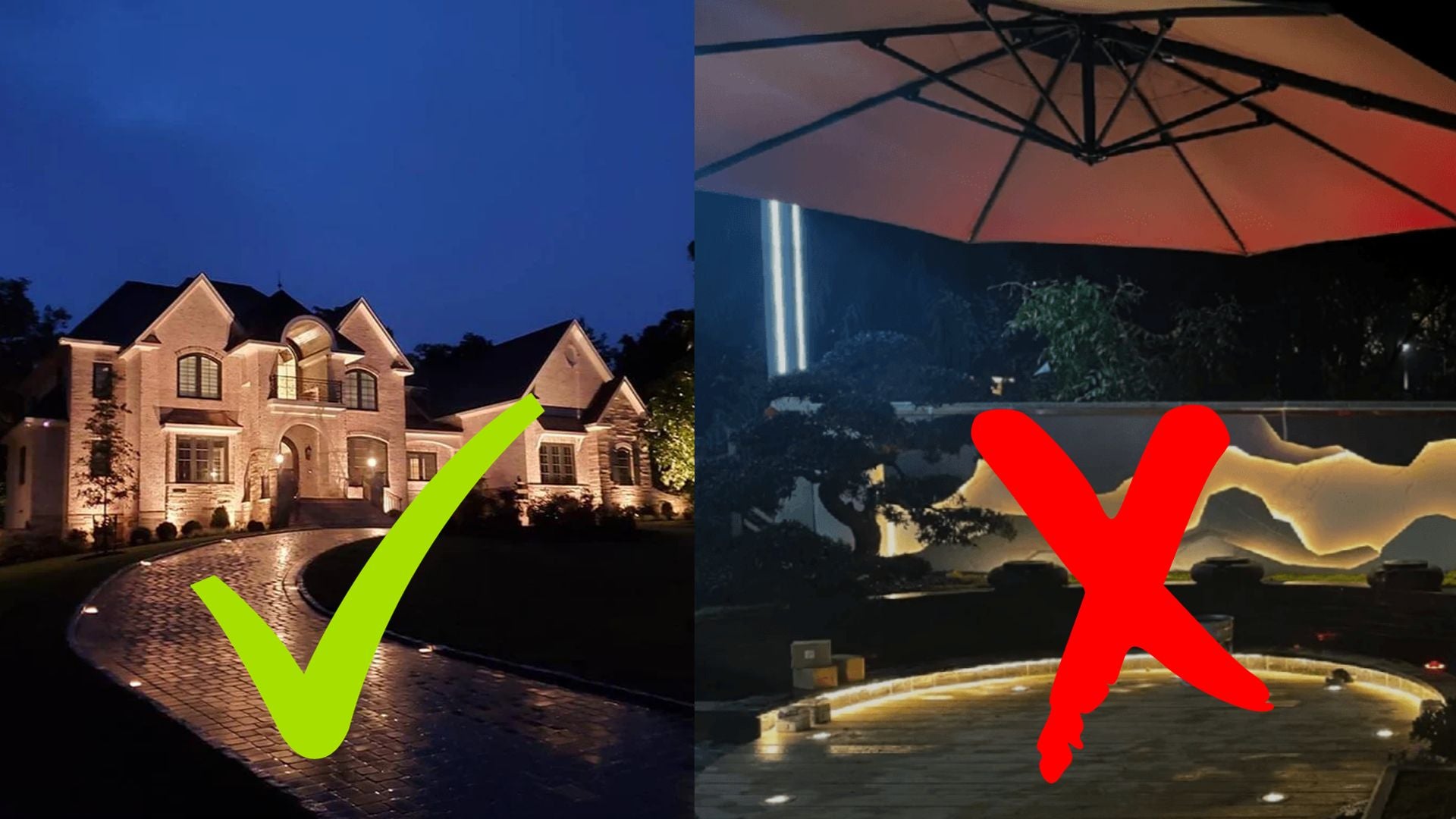Info Leonlite
11-08-2023
How to Determine the Right Amount of Lumens for Outdoor Lighting

How to Determine the Right Amount of Lumens for Outdoor Lighting
Lumens are the definitive measure of a bulb's ability to emit brightness, representing both its intensity and the scope of visible light it radiates. For context, a conventional 60W bulb generally boasts upwards of 700 lumens. It's a straightforward principle: as wattage ascends, so do lumens, leading to a more robust light spread.
The burning question then remains: how many lumens are essential for illuminating outdoor spaces? It's not a one-size-fits-all answer. The ideal lumens hinge on the specific location and desired level of brightness. Delve into this guide, and navigate the nuances of lumens to perfect your outdoor lighting strategy.
* Prices seem high? Could be multi-unit packs. Check your cart for details.
Table Of Contents
- Determining the Proper Lumens for Various Flood Light Applications
- Lumens in Landscape Lighting: Suggestions for Finding the Right Balance
- Lumens for Patio Lighting: Matching Brightness to Purpose
- Solar Lumens: A Bright Future in Energy-Efficient Lighting
- Conclusion
I. Determining the Proper Lumens for Various Flood Light Applications
Flood lights serve a unique role in providing security through illumination. The realm of flood lighting is quite diverse, featuring specific types tailored to brighten distinct outdoor spots around your residence. For example, wall pack lights are designed to cast light upon walkways, while area lights target broader spaces such as parking areas and entire yards. The lumens required for these lighting solutions vary based on their application. When focusing on pathway illumination, the lumens count can be relatively low. On the other hand, for wide-ranging illumination in larger areas, a higher lumen count becomes necessary, living up to the name "area lights." In general, flood lights can span anywhere from 600 to 1400 lumens, with brightness escalating in tandem with lumen count. This increase ensures that your outdoor spaces remain well-illuminated and secure. The intriguing case of motion sensor flood lights calls for a range of 300 to 700 lumens. Their brightness can differ, and their unique feature is to light up when an object enters their detection range. Should you desire a more radiant beam from motion sensor lights, opting for a bulb with a higher lumen value will achieve that effect.

II. Lumens in Landscape Lighting: Suggestions for Finding the Right Balance
Landscape lighting is a nuanced aspect of outdoor design, embracing various forms such as pathway lights, spotlights, and decorative elements. Many of the lights that add character to your outdoor area come under the umbrella of landscape lighting, and their functionality often extends beyond aesthetics to provide security. Since the purposes of these lights can differ, determining the number of lumens required might seem a bit challenging. Perhaps you're considering spotlights for a specific area. In such cases, around 100 lumens might generally suffice. However, if you're thinking about installing path lights along a walkway, a range of 150 to 300 lumens could be recommended. The intriguing aspect of path lights is their versatility; they can guide visitors from the driveway to the front door or add decorative flair. Therefore, your choice of lumens may fluctuate based on your unique needs. If a decorative touch is what you're after, fewer lumens might be suitable. Conversely, if security is a priority, a higher lumen count may be worth considering. It's all about aligning the lumens with your specific desires and expectations for your outdoor space.

III. Lumens for Patio Lighting: Matching Brightness to Purpose
Patio lighting usually strikes a balance between decoration and security, often utilizing fixtures like string lights, outdoor wall lights, post lights, or hanging lights. Unlike security-focused lighting, these lights often aim for a softer brightness, leading to a preference for bulbs with a lower lumen count. Take string lights as an example. They typically offer fewer lumens than wall lights, delivering brightness that's noticeable yet subdued enough to create a pleasant ambiance. The choice of lumens for your patio isn't fixed. It rests more on your personal preference and the atmosphere you wish to establish. Whether you're aiming for a serene environment or a more lively feel, the lumens for your patio lighting can be tailored to fit the vibe you envision for your outdoor space.

* Prices seem high? Could be multi-unit packs. Check your cart for details.
IV. Solar Lumens: A Bright Future in Energy-Efficient Lighting
A discernible shift has been taking place, moving from the once prevalent incandescent bulbs to the more energy-wise LED lights. Equally suited for indoor and outdoor applications, LEDs have been instrumental in rekindling interest in solar-powered lighting. Solar lighting, as a concept, epitomizes energy efficiency. Fueled by the sun's rays, this form of illumination taps into a renewable, clean energy source. The autonomy of these lights, coupled with minimal maintenance needs and a total absence of emissions, paints a compelling picture of their advantages. And fear not the shadowed areas or cloudy days; solar lights have proven their mettle in less-than-sunny conditions. The application of solar lighting has expanded to encompass various areas of your outdoor space. The availability of high-lumen solar lights, fitting for different purposes, has made them a viable option for various lighting needs. You'll find an array of options including solar landscape lights, wall lights, deck lights, post lights, and even whimsical solar string lights. For those in search of the most brilliant solar lights on the market, look no further than solar spotlights and task lights.

V. Conclusion
The number of lumens appropriate for an outdoor setting often hinges on the location of the light fixture and its primary function. Darker environments naturally call for lighting with higher lumens. However, if a subtle glow is more your style, you'll want to opt for a bulb that radiates fewer lumens.
Here's a breakdown of suggested LED lumen outputs for distinct outdoor applications:
| Lighting Type | Recommended Lumens |
|---|---|
| Flood lights | 600-1400 lumens |
| Landscape lights | 100-300 lumens |
| Step lights | 10-100 lumens |
| Lamp posts | 100-200 lumens |
| Motion sensor lights | 250-800 lumens |
| Pond/pool lights | 200-400 lumens |
| Path lights | 100-200 lumens |
| Hardscape lights on walls | 50-200 lumens |
| Landscape spotlights | 100-150 lumens |
The realm of outdoor lighting offers a plethora of choices. When navigating this vast selection, the "Lumens to Watts Conversion Chart" can serve as a valuable tool to assist you in pinpointing the perfect bulb for your exterior illumination goals.

* Prices seem high? Could be multi-unit packs. Check your cart for details.
FREQUENTLY ASKED QUESTIONS (FAQS)
Author

INFO-Leonlite
Tags
Landscape Lighting
Outdoor Lights
Flood lights
Patio lighting















